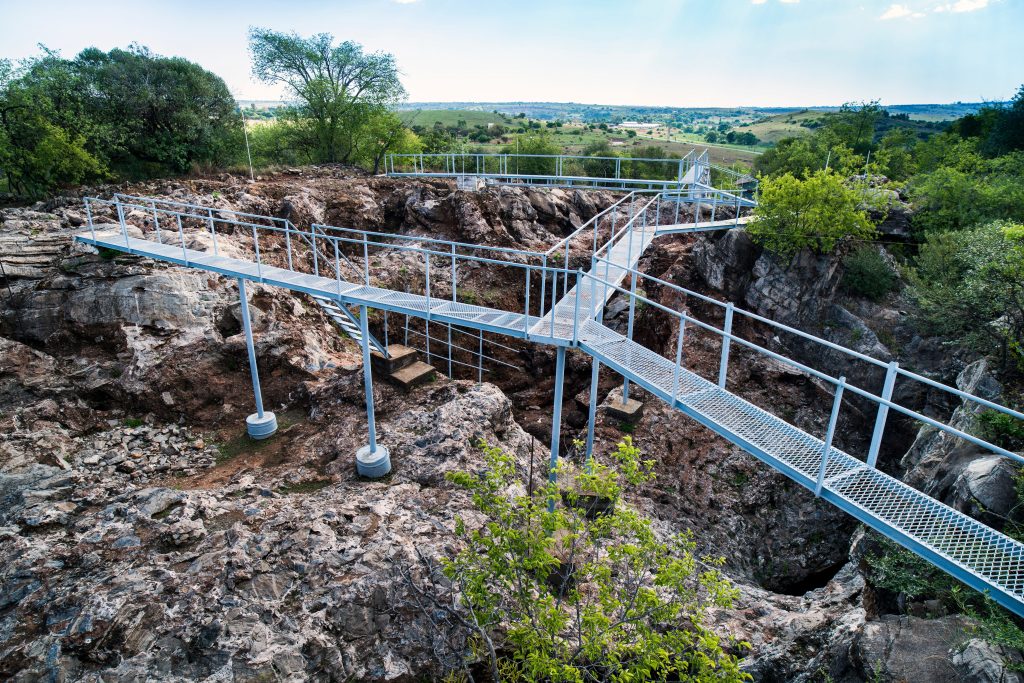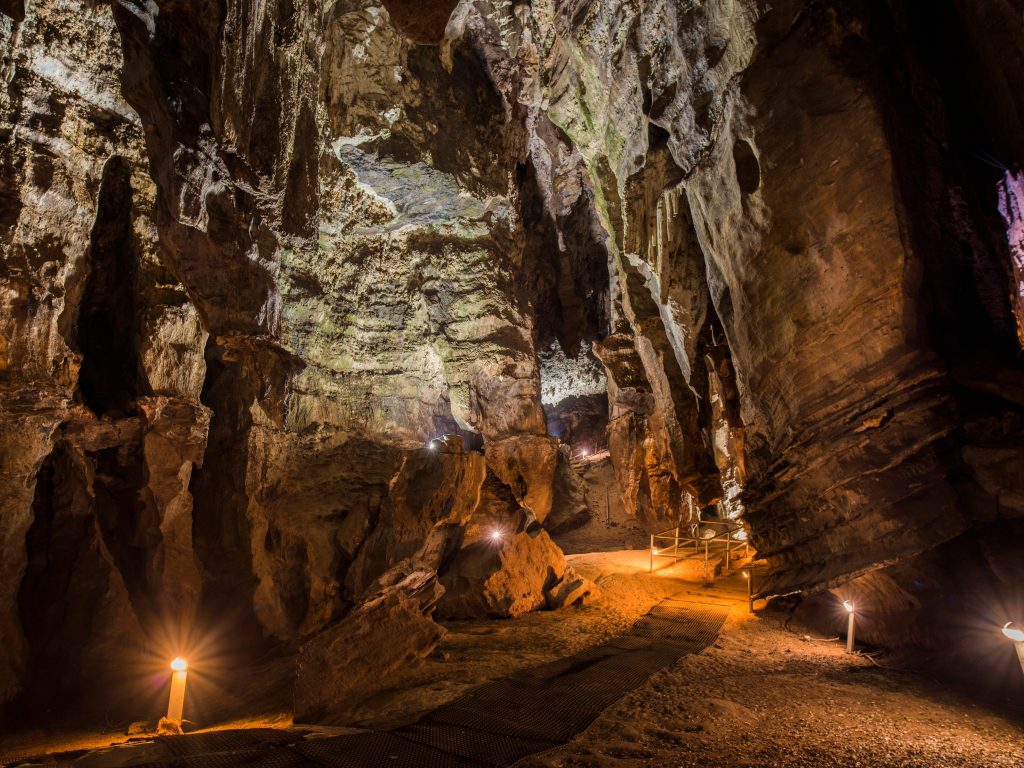- Scientists say early human ancestors, whose remains are in a South African cave, lived about 3.7 million years ago.
- Researchers relied on "burial dating," a method that uses space particles to date early human fossils.
- The fossils' updated age makes them several hundred thousand years older than the human ancestor "Lucy."
In 1936, archeologists began unearthing a trove of early human fossils in a South African cave. Now, researchers say most of those ancient bones date back 3.7 million years, which makes them more than 1 million years older than previously thought.
In a study published Monday in the Proceedings of the National Academy of Sciences, an international team of researchers turned to an innovative dating technique. They used space particles to analyze bones in the Sterkfontein Caves, part of a a major fossil site in northern South Africa known as the "Cradle of Humankind."
The Sterkfontein Caves contain more remains from Australopithecus — a family of early hominins that eventually gave rise to Homo sapiens — than anywhere else on Earth, according to Darryl Granger, a geology professor at Purdue University and lead researcher of the study. "There are hundreds of them," he told Insider.
But it's hard to accurately date the Australopithecus remains, in part because the cave has multiple layers, as well as animal fossils on the same site, which might be from different eras than the fossils next to them.
To gauge the ages of the hominid skeletal remains, Granger and his team used a technique known as "cosmogenic nuclide dating," or burial dating, which involves examining the rocks that encased the ancient bones. It works like this: When energetic particles from space, or cosmic rays, hit rocks, they produce elements like aluminum and beryllium that build up and decay at a known rate.
"We're able to take a rock that was exposed to cosmic rays, and if it falls into a cave, it's shielded from more radiation," Granger told Insider, adding, "It's called burial dating because, really, what we're doing is dating when the rock was buried."
Granger used the same method in 2015 to estimate that one set of Australopithecus remains found in the Sterkfontein Caves, nicknamed Little Foot, was about 3.4 to 3.7 million years old. The new study suggests that in addition to Little Foot, all Australopithecus remains on the site are between 3.4 and 3.7 million years old, rather than roughly 2 million years old, as scientists previously thought.

The remains' shifting age puts the species within roughly the same time frame that the famous human ancestor "Lucy" — which belonged to the species Australopithecus afarensis — roamed what's now Ethiopia, 3.2 million years ago. According to Granger, that refutes the theory that the Sterkfontein individuals descended from Australopithecus afarensis. "There must be an older common ancestor somewhere," Granger added.
Granger hopes the team's findings, and the burial dating method used, could help better chronicle human evolution. He hopes follow-up studies will tease out how the Sterkfontein remains compare to those found in different South African fossil sites, and beyond, he added.
Because of burial dating, he said, "We're able to make much better measurements than we could before on several human evolution sites around the world."
Dit artikel is oorspronkelijk verschenen op z24.nl
